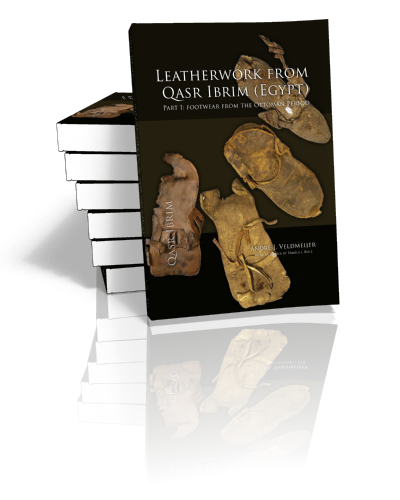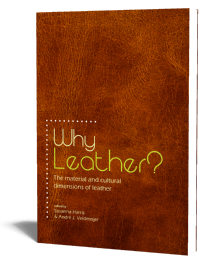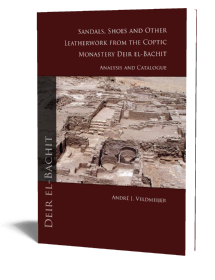
Leatherwork from Qasr Ibrim (Egypt)
Part I: Footwear from the Ottoman Period
André J. Veldmeijer | 2013
Paperback ISBN: 9789088900969 | Imprint: Sidestone Press | Format: 210x297mm | 462 pp. | Monograph | Language: English | 20 illus. (bw) | 500 illus. (fc) | Keywords: archaeology of Egypt, Egyptology, leatherwork, Amarna, Akhenaten | download cover
Read online or downloaded 1670 times
- Digital & Online access
-
Buy via Sidestone (EU & UK)
-
Buy via our Distributors (WORLD)
For non-EU or UK destinations you can buy our books via our international distributors. Although prices may vary this will ensure speedy delivery and reduction in shipping costs or import tax. But you can also order with us directly via the module above.
UK international distributor
USA international distributor
-
Browse all books by subject
Browse by subject
-
Search all books

We will plant a tree for each order containing a paperback or hardback book via OneTreePlanted.org.









